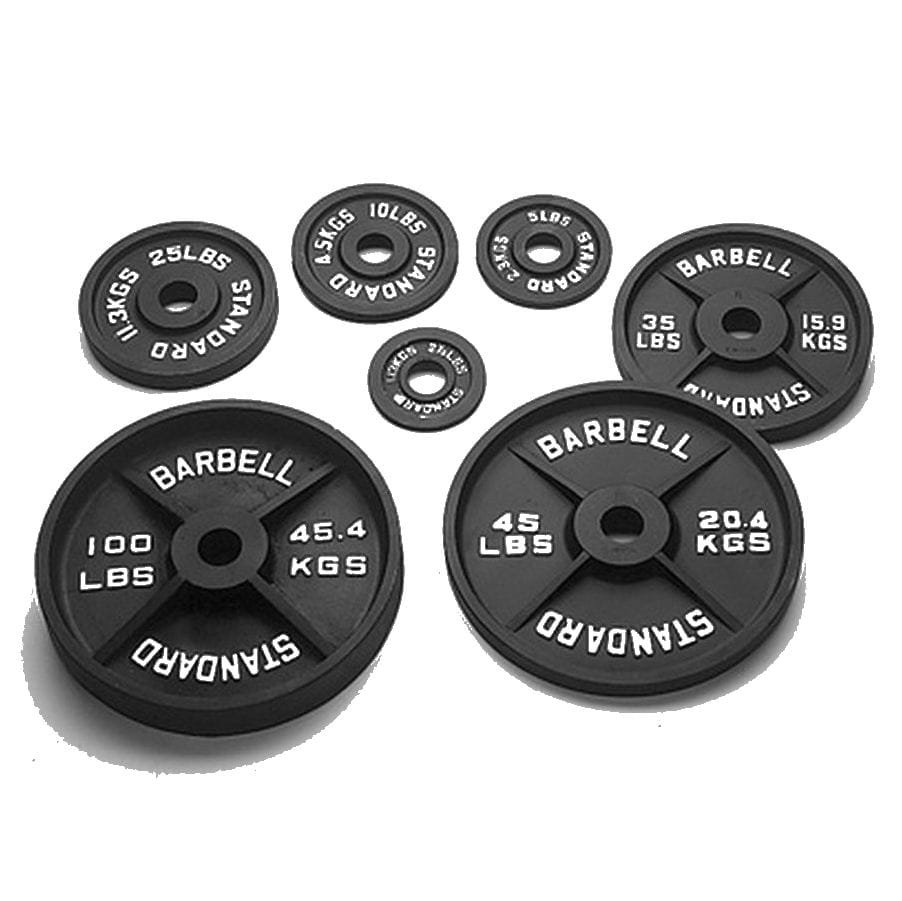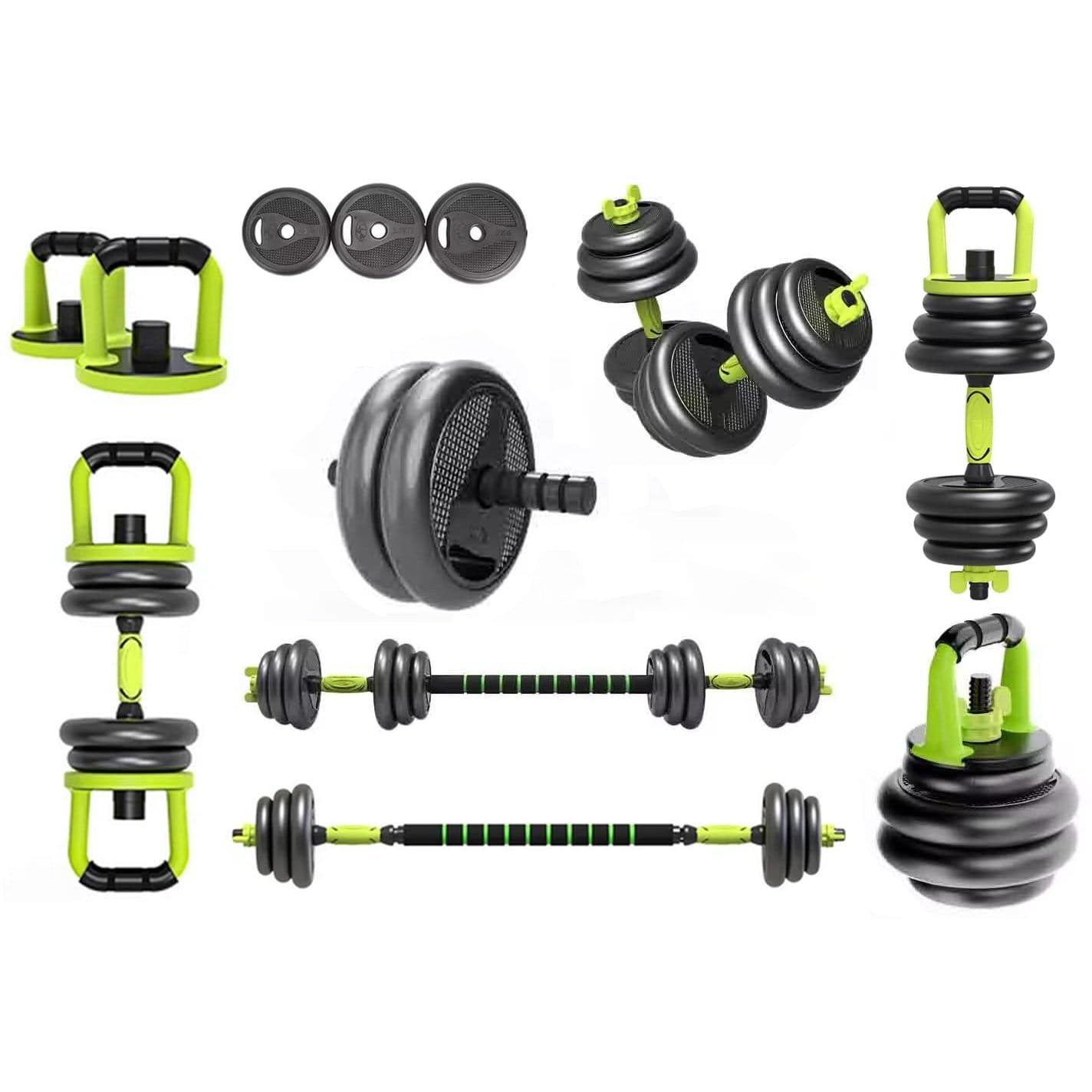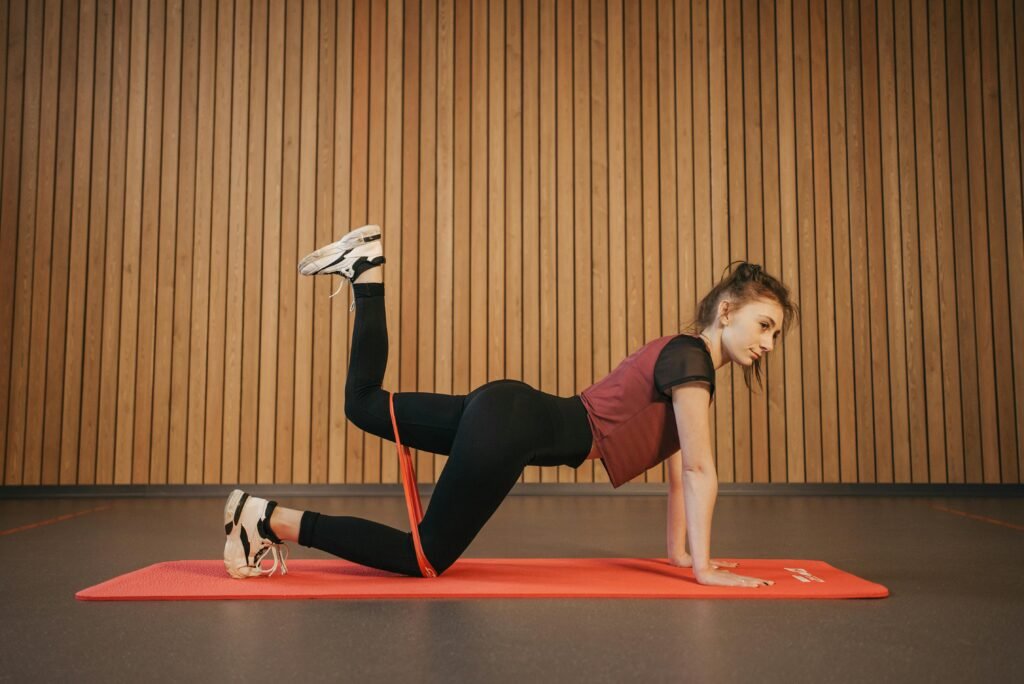When it comes to strength training, the choice between using barbells and dumbbells can make a significant difference in your workout routine. Both tools have their unique benefits and are suited to different types of exercises and fitness goals. In this article, we will explore the advantages of each, helping you decide which one might be better for you.
What Are Barbells?
Barbells are long metal bars designed to hold weight plates on either end, secured by clips known as collars. Commonly found in gyms and used in various strength sports like powerlifting, Olympic lifting, and Strongman competitions, barbells allow users to lift heavier weights and perform compound movements that engage multiple muscle groups at once.
Benefits of Barbells
- Lift Heavier Weights: The design of the barbell enables you to add more weight incrementally, making it easier to challenge your muscles with progressive overload.
- Full-Body Strengthening: Compound exercises performed with barbells, such as deadlifts, squats, and bench presses, build functional strength and power.
- Sport-Specific Training: If you’re interested in competitive lifting, a barbell is an essential tool for practicing sport-specific techniques.

What Are Dumbbells?
Dumbbells feature a short handle sandwiched between two weights and are a versatile piece of equipment found in nearly every gym. They offer a range of motion not possible with barbells and are excellent for correcting muscle imbalances and improving mobility.
Benefits of Dumbbells
- Increased Range of Motion: Without the constraint of a central bar, dumbbells allow for greater movement through multiple planes, engaging more muscle fibers and promoting better overall strength.
- Correct Muscle Imbalances: By working each arm or leg independently, dumbbells help identify and address any strength discrepancies between sides.
- Home Gym Friendly: Dumbbells require less space and setup, making them ideal for home workouts or small gym spaces.

Choosing Between Barbells and Dumbbells
The decision to use barbells or dumbbells depends on several factors, including your fitness level, goals, and available equipment. Here’s how to choose the right tool for you:
Best for Beginners: Dumbbells
If you’re new to strength training, starting with dumbbells can be a safer and more approachable option. They offer more flexibility in movement and reduce the risk of injury associated with improper form. Plus, many exercises can be performed without needing a spotter or specialized equipment.
Best for Muscle Growth: Barbells
For those looking to maximize muscle growth and strength gains, barbells provide the ability to lift heavier loads, which is crucial for stimulating muscle hypertrophy. Compound movements with barbells also recruit more muscle groups, leading to efficient and effective workouts.
Best for Correcting Imbalances: Dumbbells
If you want to focus on addressing muscle imbalances or recovering from an injury, dumbbells allow you to work each side of your body independently. This ensures that weaker muscles get the attention they need without being overshadowed by stronger ones.
Best for Full-Body Strength: Barbells
When your goal is to build overall strength and power, barbells are hard to beat. Exercises like squats, deadlifts, and bench presses engage multiple muscle groups simultaneously, providing a comprehensive strength training experience.
Conclusion
Ultimately, the choice between barbells and dumbbells comes down to your personal preferences and fitness objectives. Both tools have their place in a well-rounded strength training program. Incorporating a mix of barbell and dumbbell exercises can help you achieve balanced development, improve performance, and reach your fitness goals more effectively.
Whether you’re a beginner or an experienced lifter, there’s no one-size-fits-all answer. Experiment with both options to find what works best for you






